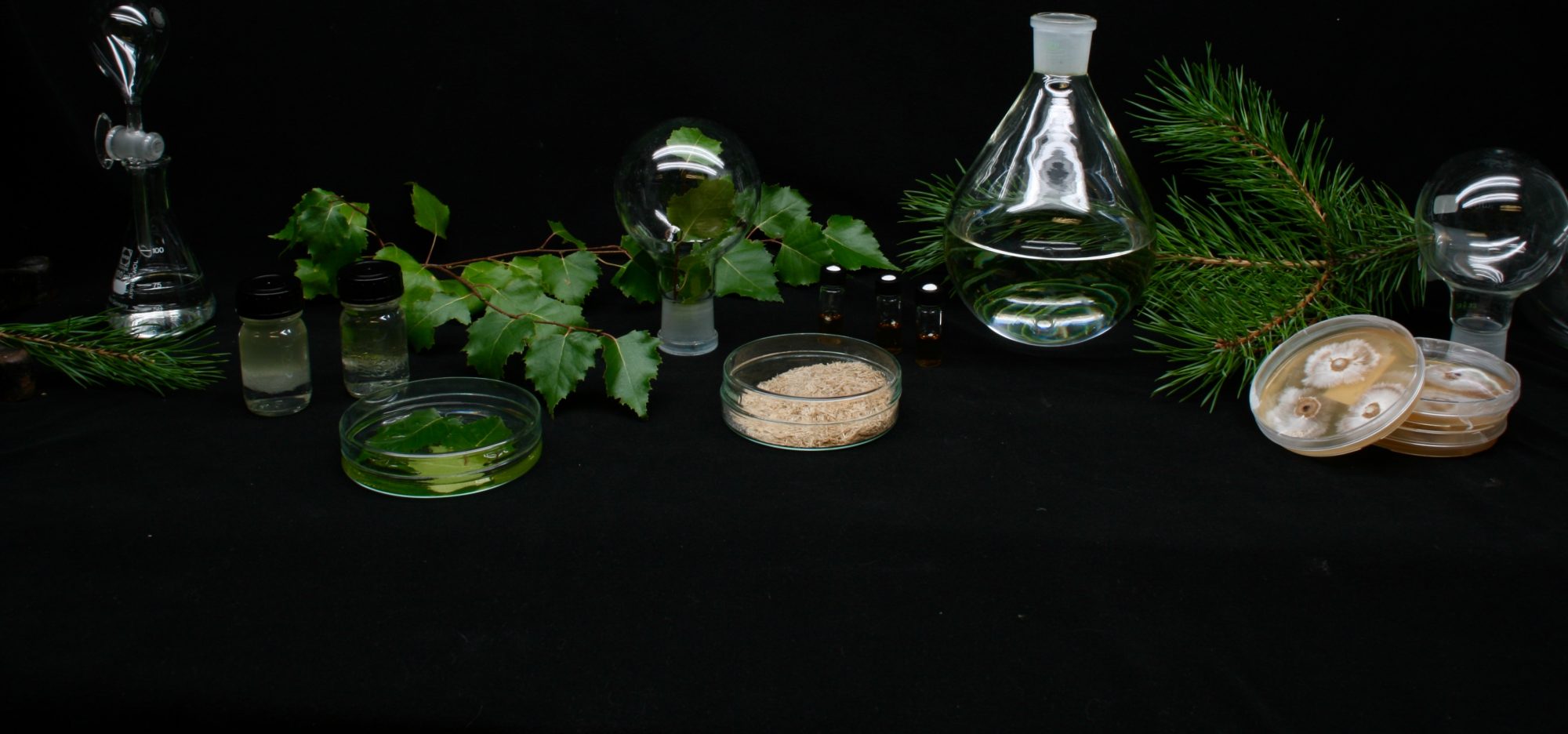A recent research article by Maarit Lahtinen et al. sheds new light on the chemical structures that make wood extracts so efficient in emulsion stabilization. Pressurized hot water extracted hemicelluloses, spruce galactoglucomannans (GGM) and birch glucuronoxylans, contain residual lignin. Some of that lignin may be covalently linked with the hemicellulose structures via lignin carbohydrate complexes. Presence of lignin greatly improves the oxidative stability of emulsions.
Mamata Bhattarai et al. studied how spruce GGM behave in water. GGM show tendency to form physical assemblies during storage, meaning that dissolved hemicelluloses associate with each other and form clusters. This behavior depends on pH, so it is important to take into account when designing future products from GGM.
Alkali-extracted lignin precipitates in acidic pH. Melissa Agustin et al. took advantage of this property and developed lignin nanoparticles, with the help of a rapid ultrasonication treatment. The resulting particles were spherical, negatively charged, and very stable in suspensions and emulsions. The underexploited wood components, hemicelluloses and lignin, have promising properties that could be useful in chemicals, pharmaceuticals, and food.

